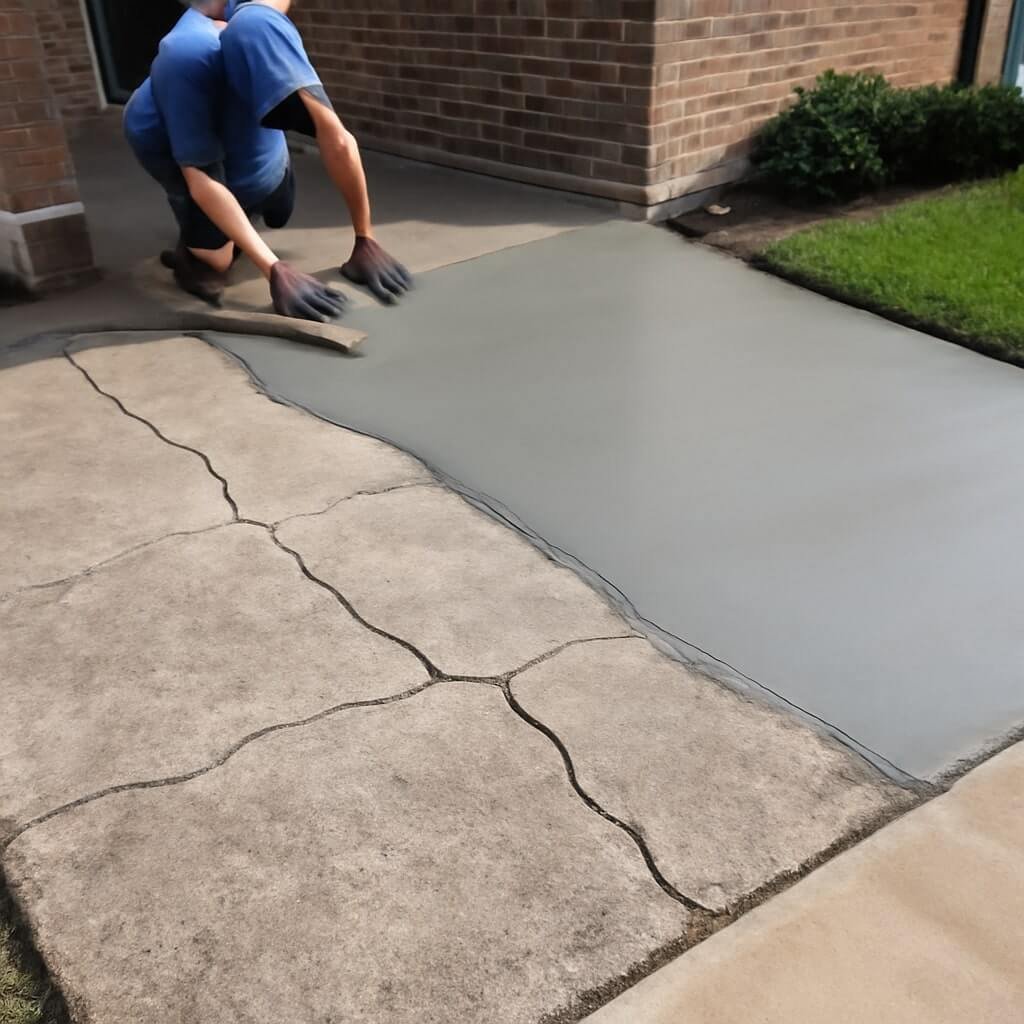Concrete is the backbone of modern construction, relied upon for its durability, versatility, and strength. Yet, the raw mixture of cement, water, and aggregates can often fall short of meeting the specific structural demands of certain projects. This is where concrete additives come into play. These powerful enhancers help to boost the strength, durability, and longevity of concrete, making it better suited for various environmental and load conditions.
Concrete strength typically refers to its compressive strength—the ability to withstand loads without failing. Enhancing this property translates into safer buildings, longer-lasting infrastructure, and cost-effective construction. Understanding how additives work and which ones deliver the best results can dramatically improve the outcome of any concrete project.
How Additives Improve Concrete Properties
Additives influence concrete properties through chemical and physical means. Some additives promote additional hydration reactions that form more calcium silicate hydrate (C-S-H), the primary compound responsible for concrete’s strength. Others improve the packing density of the mix, reduce porosity, or increase resistance to cracking and environmental degradation.
By optimizing the internal structure and minimizing weaknesses, additives lead to higher compressive strength, improved tensile strength, and enhanced durability against weathering, freeze-thaw cycles, and chemical attack.
Criteria for Selecting Concrete Additives
Selecting the right additive depends on several factors:
- Project Requirements: Load capacity, durability needs, and environmental exposure.
- Compatibility: With cement type and other mix components.
- Workability: Impact on ease of mixing, placing, and finishing.
- Cost: Budget constraints versus performance benefits.
- Environmental Impact: Preference for sustainable or low-carbon options.
Balancing these criteria ensures the chosen additive delivers maximum benefit without unwanted side effects.
Top 12 Additives That Boost Concrete Strength
1. Silica Fume
Silica fume is a byproduct of silicon and ferrosilicon alloy production. Its ultra-fine particles fill the microscopic voids in concrete, significantly reducing porosity and increasing compressive strength by up to 30%. It also improves resistance to chemical attack and abrasion.
Use Cases: High-performance concrete, bridges, and industrial floors.
2. Fly Ash
Fly ash, a coal combustion byproduct, acts as a pozzolan, reacting with calcium hydroxide to form additional C-S-H. It enhances long-term strength, workability, and reduces the heat of hydration.
Use Cases: Large concrete pours like dams and pavements.
3. Superplasticizers
These water-reducing agents increase workability without adding extra water, maintaining strength. They enable high-strength concrete with lower water-cement ratios.
Use Cases: Ready-mix concrete and precast structures.
4. Carbon Nanotubes
An advanced additive, carbon nanotubes, increase tensile strength and toughness by bridging microcracks and reinforcing the cement matrix.
Use Cases: Specialized applications needing ultra-high strength.
5. Microsilica
Similar to silica fume, microsilica enhances particle packing and reduces permeability, boosting strength and durability.
6. Metakaolin
A highly reactive pozzolan that improves strength and resistance to sulfate attack and alkali-silica reaction.
7. Ground Granulated Blast Furnace Slag (GGBFS)
A byproduct of iron production, GGBFS contributes to strength gain and improves durability, particularly against chlorides.
8. Fibers (Steel, Glass, Synthetic)
Fibers control cracking, increase tensile strength, and improve impact resistance. Different fibers suit different applications.
9. Nano-silica
Nano-sized silica particles fill voids more effectively than larger silica particles, boosting strength and reducing shrinkage.
10. Calcium Chloride
A traditional accelerator that speeds up hydration, increasing early strength. It must be used cautiously due to corrosion risks.
11. Limestone Powder
Improves workability and contributes to strength through filler effects.
12. Polymer Additives
Polymers enhance adhesion, flexibility, and water resistance, improving tensile strength and durability.
Application Methods for Concrete Additives
Proper dosing, mixing order, and timing are critical for maximizing additive effectiveness. Most additives are mixed into the concrete batch before placement, but some require specialized techniques.
Environmental Impact of Using Concrete Additives
Many additives, such as fly ash and GGBFS, recycle industrial waste, reducing the carbon footprint of concrete. Sustainable additive choices contribute to greener construction.
Cost-Benefit Analysis of Using Additives in Concrete
While additives increase upfront costs, the resulting improvements in strength and durability reduce maintenance, repairs, and replacement expenses.
Common Challenges and Solutions in Using Concrete Additives
Additive incompatibility, overuse, or incorrect mixing can lead to issues like delayed setting or decreased durability. Proper quality control and testing mitigate these risks.
Future Trends in Concrete Additives
Innovations include bio-based additives, smart materials, and nano-engineered compounds, promising further strength gains and sustainability.
Frequently Asked Questions (FAQs)
1. What is the most effective additive for increasing concrete strength?
Silica fume is widely regarded as one of the most effective due to its particle size and pozzolanic properties.
2. Can additives affect the setting time of concrete?
Yes, some additives like calcium chloride accelerate setting, while others such as fly ash can slow it down.
3. Are all additives environmentally friendly?
Not all. Some additives recycle waste materials and reduce emissions, while others may involve energy-intensive production.
4. How much additive should be used in a concrete mix?
Dosage depends on the specific additive and project requirements; usually ranges from 5% to 15% by weight of cement.
5. Can additives replace cement in concrete?
Additives like fly ash and GGBFS partially replace cement but usually work best in combination.
6. Do additives impact the cost of concrete construction?
Yes, additives increase initial costs but often save money over time through improved durability and reduced repairs.
Conclusion
Boosting concrete strength with additives is a proven strategy for improving the performance and longevity of construction projects. From silica fume to advanced nanomaterials, each additive offers unique benefits tailored to specific needs. Understanding these enhancers and applying them correctly ensures safer, more durable, and sustainable concrete structures.




